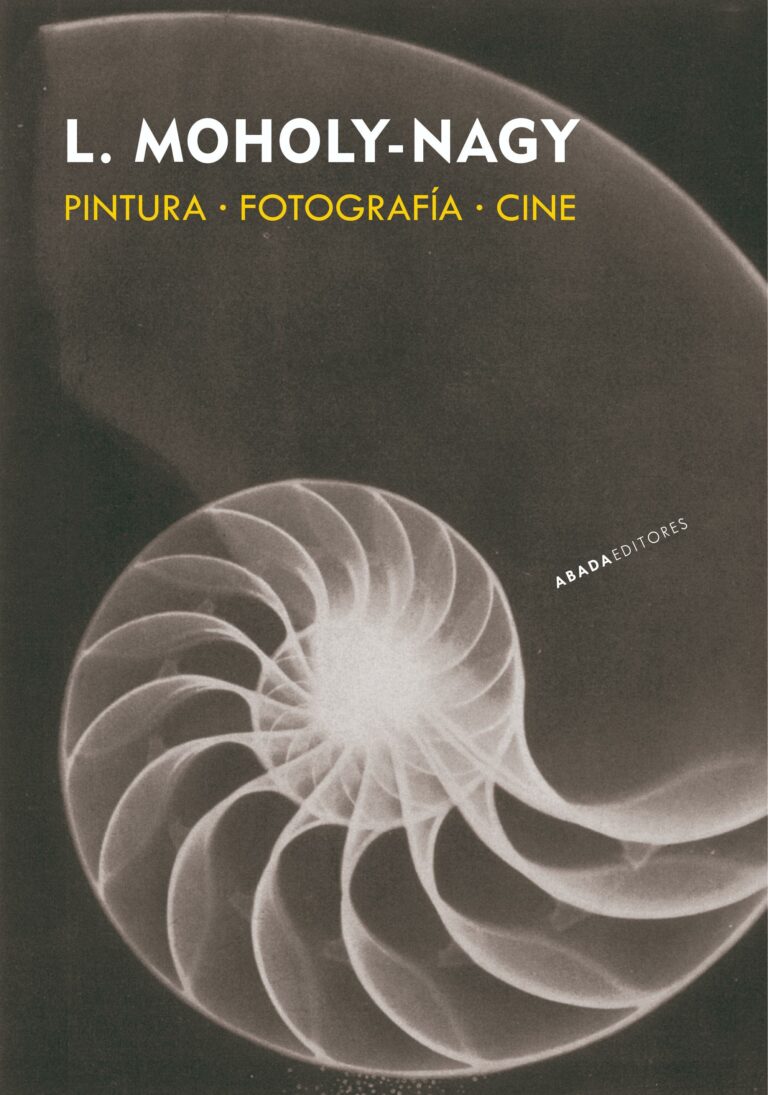Moholy-Nagy and the New Typography: A-Z

The 1920s in Germany witnessed a revolution in visual communication, typography, and graphic design that still influences us today. In 1929, Hungarian avant-garde artist and Bauhaus professor Laszlo Moholy-Nagy was invited to design a room dedicated to the future of typography at the Martin-Gropius Bau in Berlin as part of a larger exhibition called New Typography (“Neue Typographie”).
The exhibition was organised by the Ring of New Advertising Designers (“ring neue werbegestalter”), a group started by Kurt Schwitters in 1927 which consisted of 12 avant-garde designers and artists who explored a common vision of modernity in advertising and graphic design. In five years, the Ring put on over 20 shows in Germany, and invited guest artists to exhibit with them.
Moholy-Nagy’s room in the New Typography show was called “Where is Typography Headed?”. He created 78 freestanding panels with work by himself, other artists, and contemporary printed matter, which addressed the current trends and future direction of typography. The panels are reproduced together in this book for the first time, along with an Abcdarium of terms and concepts by a roster of noted typography and design historians.
In stock




